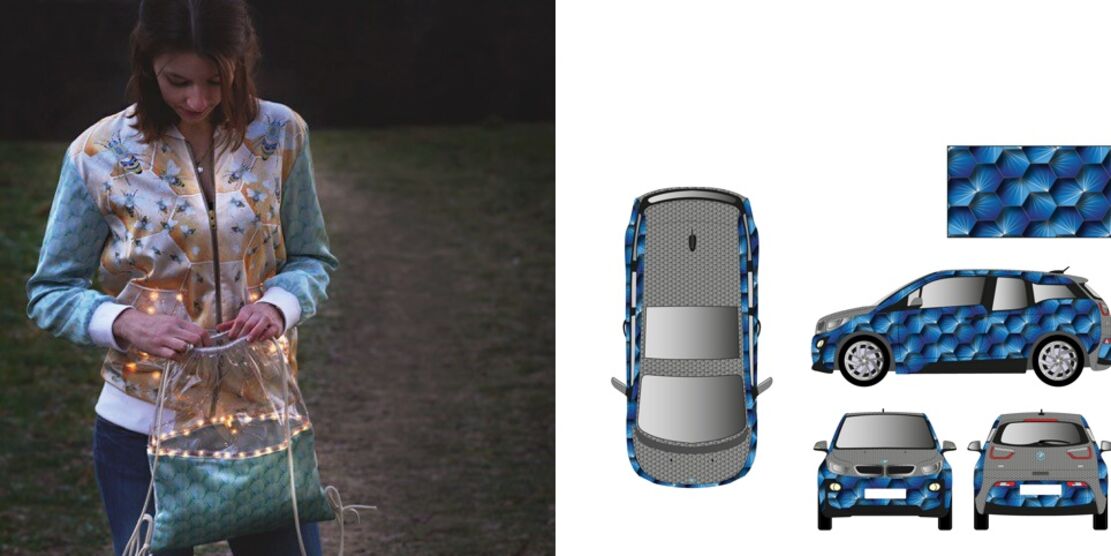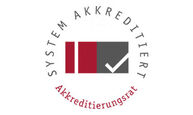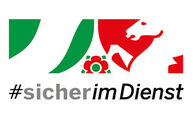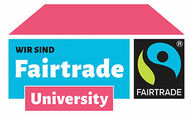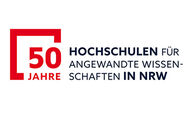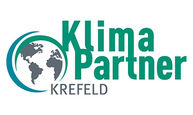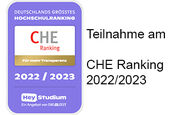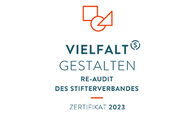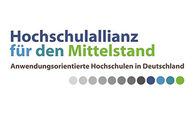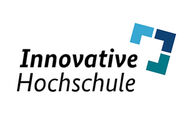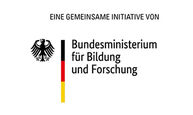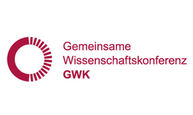by Prof. Dr. Marina-Elena Wachs
Hochschule Niederrhein - university of applied sciences
Fachbereich Textil- und Bekleidungstechnik - faculty of textile and clothing technology
"The beauty in design – aesthetics and functions caused by combining analogue with digital processing"
Design attraction and design codes stands in relationship to function and strategy concepts in business cases of fashion as well as in automotive design. At the same time we are living in a design dominated world, which gets new inspirations by changing production processes from the fourth industrial revolution. Industry 4.0, that will transform design, operation, service, and manufacture of products. Generating design as "form follows function", with the requirement, like Dieter Rams said, "less design as possible" shows the timeless reasonable fact of classic style with focussing the end of natural sources. The demand on the beauty in design will never end. But what does "Beauteousness" means in design in the year 2020?
The earlier definition of beauteousness during the renaissance time specified the term "beauteousness" in relationship to proportion, which had been measured with length in combination with the development of creating central perspective in art, to focus a harmonious balance of creative elements.
Architects and theorists like Leon Batista Alberti defined a well proportion in balance, a harmony of elements to generate an ideal icon of beauty. During the 20s century architects like Sullivan and the Bauhaus school taught the beauty in design as forms related to timeless combinations of geometric forms.
The modern times opened the possibility to get new impetus of the beauty in design, when ugly design gets attraction: Umberto Eco asked about the beauty in ugly phenomena with the help of his book "on Ugliness", which inspired the fashion scene.
Now, during the 21.st century we have to consider that different parameters constructing beauty in design: sustainable requirements, bionic parameters and generated fashion are some examples. Beside the artistic and philosophical definition of beauteousness, the industrial process is generating beauty full forms: digital generating with special software allows to define new beauty full forms – new beauty full codes in product design. And beside this, the generated design creates new functions. Today we know, that only the combination of thinking and doing, in analogue with digital processes will fashioning the future in all design disciplines.
Keywords of the project: beauteousness, analogue and digital processing, digital drawing, Industry 4.0, fashion /-engineering, automotive /-design; sustainability: no waste, beauty of functions, aesthetic value, bionic design, generating fashion.
Inspirations: Beauteousness of Nature -forms, Sportswear, Fashion and Icons of the 1990s, Photography, Nordic Countries and others


